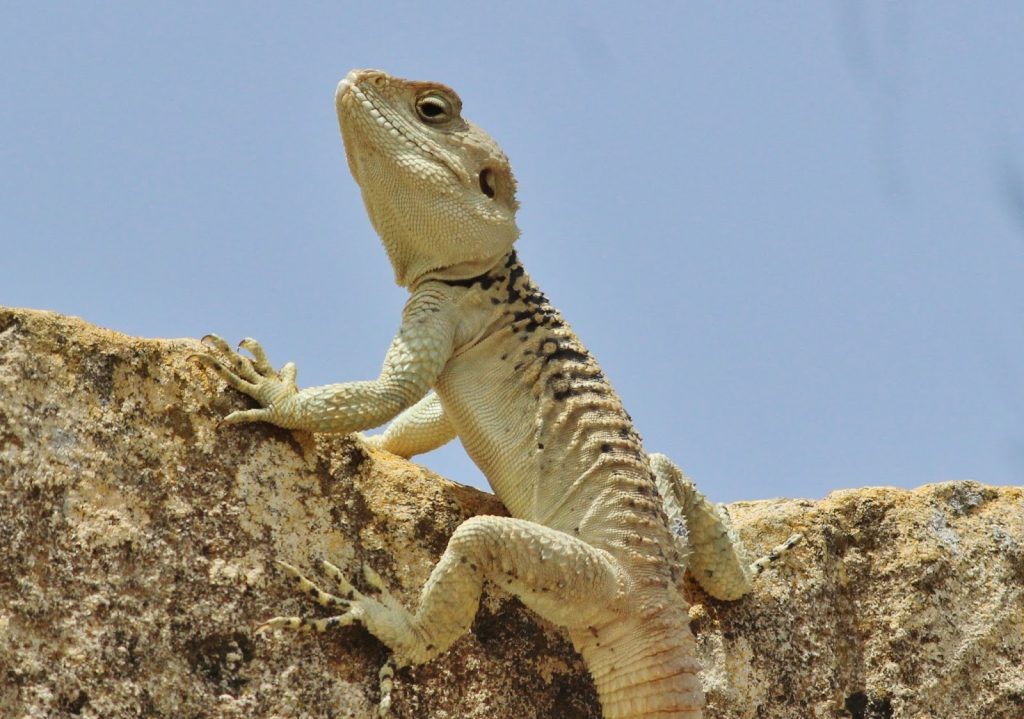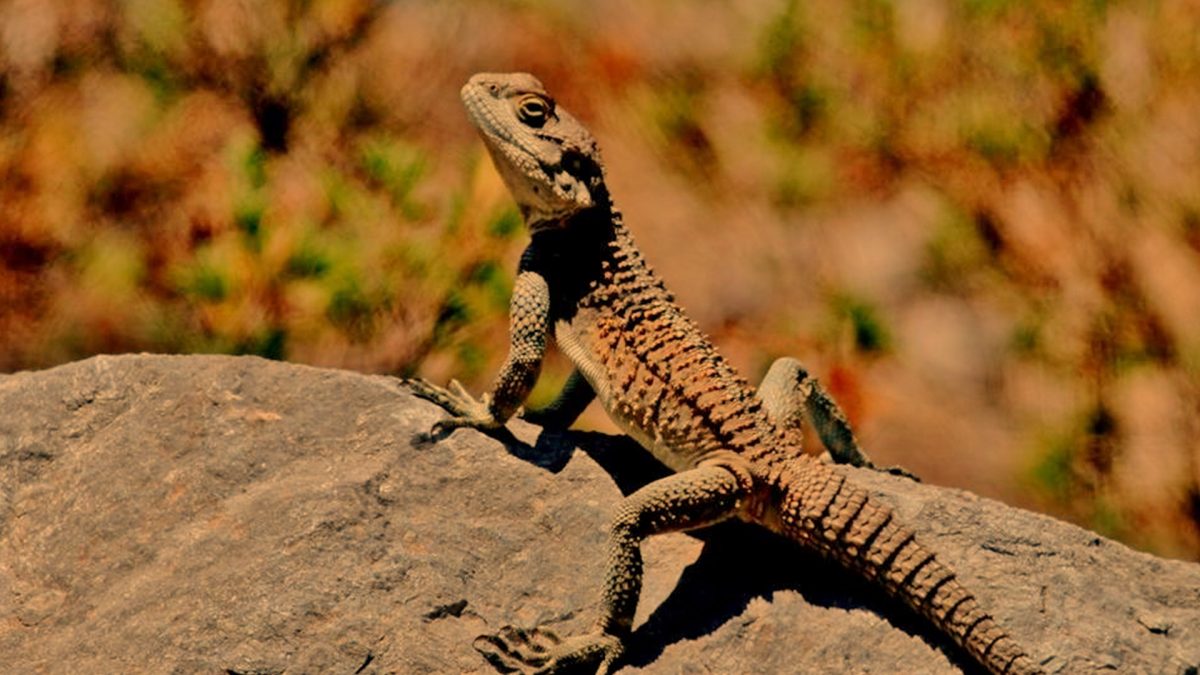
How to Become a Board Member
February 28, 2019
Discounted Personal & Family Insurance for our Members by Trust Insurance
May 9, 2019Full name: Stellagama stellio (Linnaeus, 1758)
CMCOF will embrace our friend Kourkoutas and will try to give him the value that he deserves. When we started climbing on the rocks of Cyprus, Kourkoutas was there and reigned. He allowed us to share our beautiful rocks and for years we climbed with him next to us in these wonderful areas. The Board of Directors of CMCOF decided to add Kourkoutas part of the federation’s logo and make him the mascot of the Federation.
We hope that with this action we will help to protect him and hope that he will be loved and respected by our climbers so that he will ALWAYS be with us.
AGAMIDAE FAMILY:
This family includes 433 species found in Europe, Australia, Africa, and Asia. These are day-old lizards of medium size that do not exceed half a meter in length. Although there is a great diversity in color and form among the representatives of this group, the triangular head and the absence of large flakes from the top of it is a common feature of all the members of this family. Only one representative, Kurkoutas, is found in Cyprus.
Description:
Medium-sized lizard with a body that reaches a length of 30cm. The head is obviously triangular and flattened. Strongly spiny skin with plenty of edges and thorns on the dorsal surface, the ribs and the tail. The back is dark gray in color with yellowish and black spots. A special impression is made by the pale-white asteroid formations in the backbone of the people due to its English name “Starred Agamas”. The belly usually has a pale-white color. Their dealers are fast runners and excellent climbers. Common names for KOURKOUTAS are S. stellio include stellion, hardim, hardun, star lizard, painted dragon, starred agama, sling-tailed agama, roughtail rock agama, kourkoutas and kourkoutavlos.
Habitat:
Widespread on the island, with no particular preference for a particular habitat. It occupies almost all of the ecosystems in the areas where it is located, although it prefers rocky terrain, domes, and ruins of houses where it easily finds shelter. It is from the beach up to an altitude of 1,900 meters.
Food:
A wide variety of terrestrial invertebrates, but also bird nouns, small mammals and fruits.
Reproduction:
She bore 3 to 10 big eggs in rock slits or under stones and rocks during spring.

Worldwide spread: Greece, Asia Minor, Turkey, Middle East, Cyprus, northern Egypt.
Status: Audience
Special Protection:
- Protected by European Directive 92/43 / EC (Annex IV)
- Protected by Cypriot Law 153 (I) 2003 (Annex III)
- Protected by the Berne Convention (Annex II)




